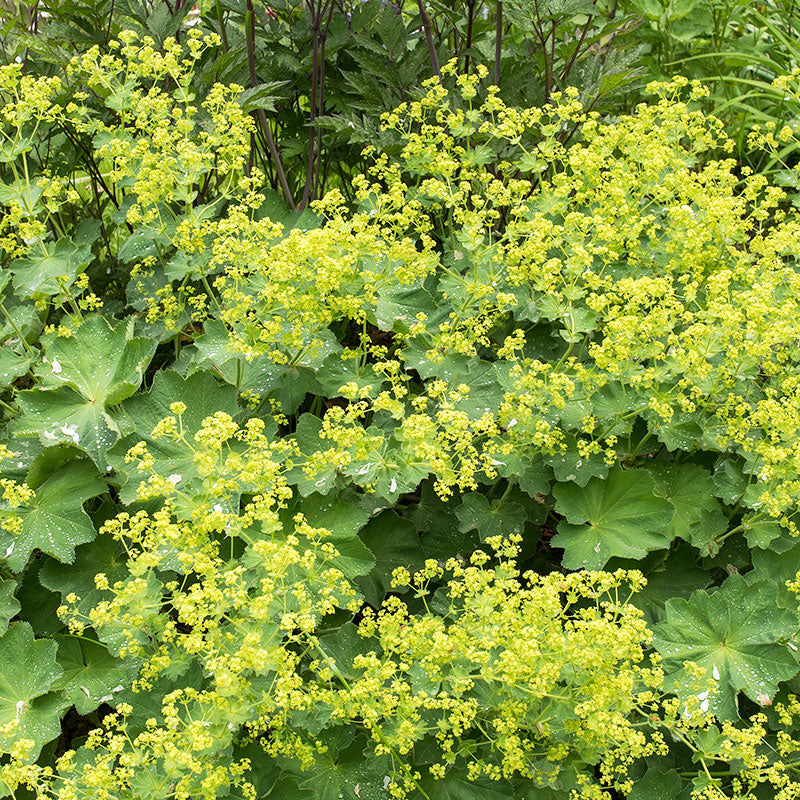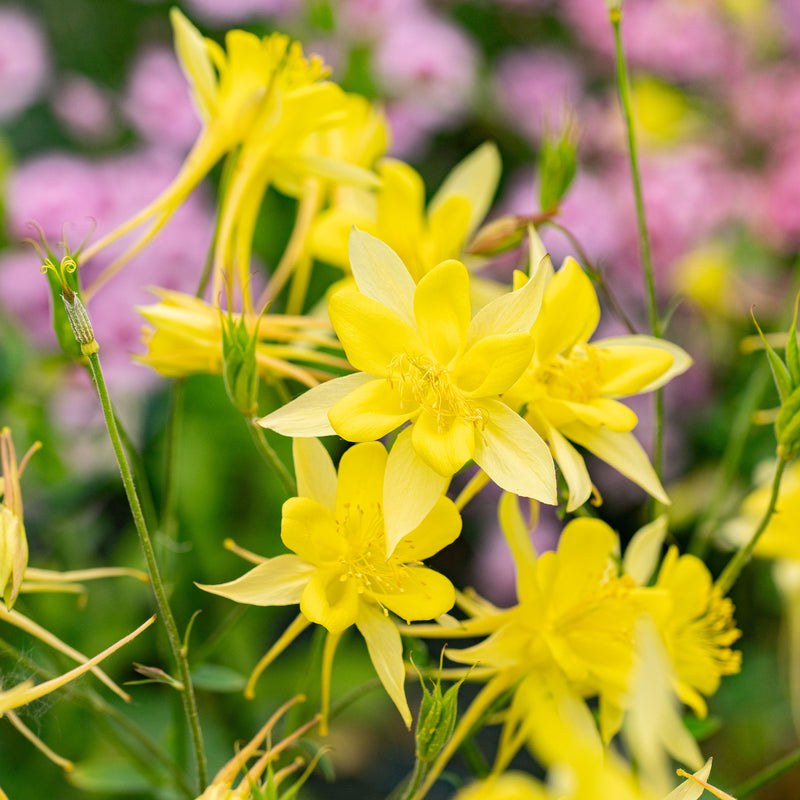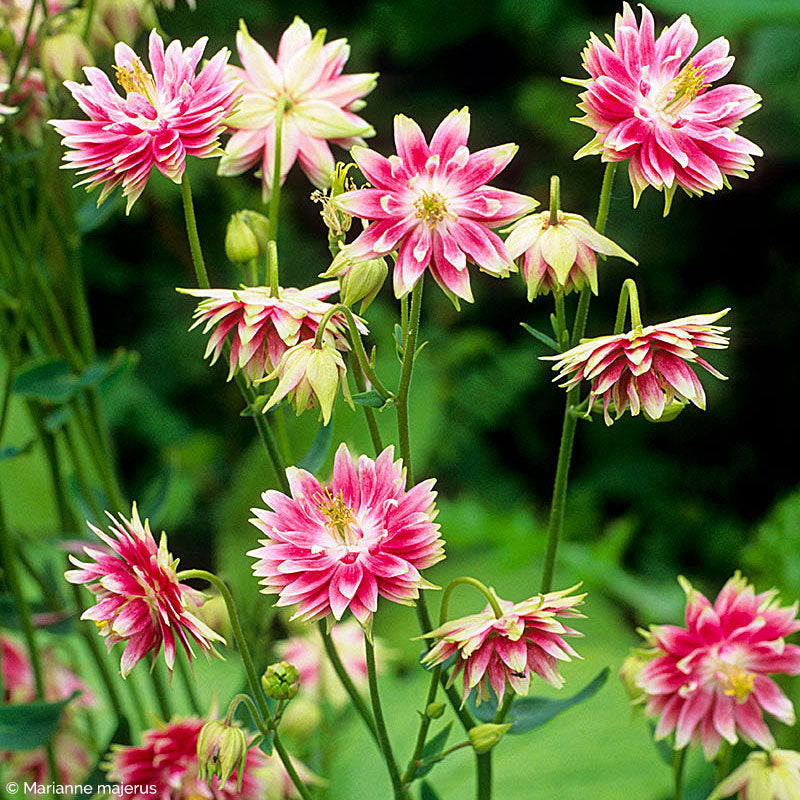SOWING INSTRUCTIONS
Depth:
Surface sow; press lightly into soil.
Starting Indoors:
Sow indoors in late winter to spring. Keep at 65-70°F.
Starting Outdoors:
Direct sow from spring to midsummer in a nursery bed in partial shade for transplanting the following spring. Thin seedlings to 6-8" apart when they have the first set of true leaves.
WHEN TO SET OUTSIDE
Transplant in spring, or in early fall especially in warmer regions.
PLACEMENT & CULTIVATION
Canterbury Bells are a beautiful addition to any spring garden, with their full bell-shaped flowers on tall stems, making them a classic choice for cottage and cutting gardens in cooler summer areas. These biennial plants grow a rosette of leaves during the first year and then flower in the second spring. To ensure a yearly show, sow seeds for two consecutive years. Good winter drainage is vital to avoid crown rot diseases and overwintering losses. These plants are easy to transplant; you can even move them when growth is lush in spring. Stake to support tall, heavy stems. After bloom, trimming the flowering stalk to the ground can promote additional smaller flowering shoots to form. If you live in a colder climate, particularly in zones 4 and 5, protect first-year plants over the winter using mulch that does not hold water, such as pine needles. Alternatively, an inverted flower pot shields the plant from harsh winter conditions.
Watering Details:
These plants prefer evenly moist soil, so be sure to water if the ground becomes dry. About an inch of water per week, but more may be necessary during particularly dry spells.
Soil pH:
Does best in a soil with a neutral to slightly alkaline pH level.
Fertilizer:
Prior to planting, mix a few inches of compost into the soil.
Diseases & Pests:
Slugs or snails may occasionally be an issue, but a preventive application of pelletized iron phosphate or diatomaceous earth when these creatures are present will keep the plants safe. Avoid wet soils in winter, a well-drained soil helps avoid crown rots.
When to Cut for Bouquets:
Harvest when 1/2 of the flowers on a stem are open.









































